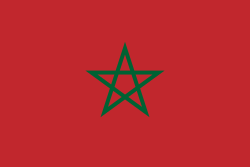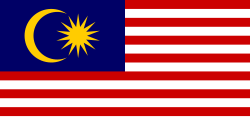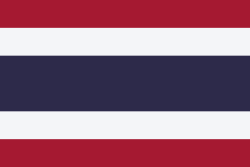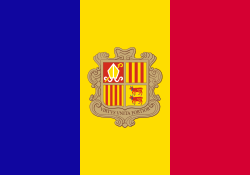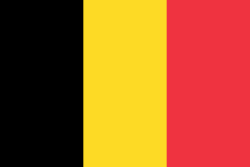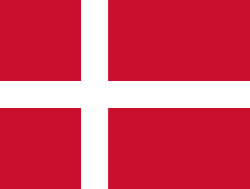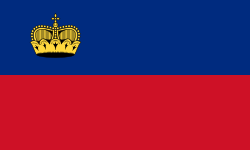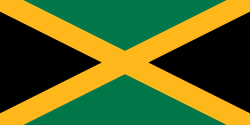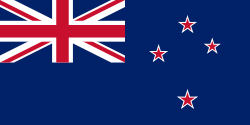Alois af Liechtenstein
| Alois | |
|---|---|
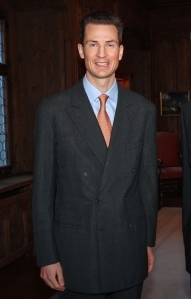 Arveprins Alois | |
| Arveprins af Liechtenstein | |
| Ægtefælle | Sophie af Bayern |
| Børn | Prins Joseph Wenzel Prinsesse Marie Caroline Prins Georg Prins Nikolaus |
| Fulde navn | Alois Philipp Maria |
| Hus | Huset Liechtenstein |
| Far | Hans Adam 2. af Liechtenstein |
| Mor | Marie Kinsky von Wchinitz und Tettau |
| Født | 11. juni 1968 (54 år) Zürich, Schweiz |
| Religion | Romersk-katolsk |
Arveprins Alois af og til Liechtenstein (født 11. juni 1968 i Zürich) er arveprins og tronfølger i Fyrstendømmet Liechtenstein.
Arveprins Alois er den ældste søn af Fyrst Hans Adam 2. og fyrstinde Marie af Liechtenstein. Han blev tronfølger ved sin fars tronbestigelse i 1989. Siden 2004 har han som prinsregent (tysk: Stellvertreter des Fürsten) varetaget regeringen i fyrstendømmet på vegne af sin far.
Han er gift med Arveprinsesse Sophie, med hvem han har fire børn.
Biografi
Alois blev født den 11. juni 1968 i Zürich i Schweiz som den ældste søn af den daværende Arveprins Hans Adam af Liechtenstein i hans ægteskab med Marie Kinsky von Wchinitz und Tettau.
Prins Alois voksede op på slottet i Vaduz, Liechtensteins hovedstad. Han gik i grundskole og gymnasium i Vaduz. Derefter uddannede han sig til officer i Storbritannien. Han studerede jura ved universitetet i Salzburg. Da faderen blev fyrste i 1989, blev han arveprins.
Siden 1996 bor han igen i Vaduz, hvor han er ansvarlig for den fyrstelige formue. Den 15. august 2004 gjorde Fyrst Hans Adam 2. Alois til prinsregent og overlod ham den daglige regering af fyrstendømmet, idet Hans Adam dog formelt er forblevet statsoverhoved og beholder titlen som fyrste.
Ægteskab og børn
Den 3. juli 1993 giftede han sig i St. Florinskirken i Vaduz i Liechtenstein med hertuginde Sophie af Bayern, datter af Prins Max Emanuel og Prinsesse Elizabeth af Bayern. De har fire børn:
- Prins Joseph Wenzel, født 24. maj 1995 i London
- Prinsesse Marie Caroline, født 17. oktober 1996 i Grabs i Kanton Sankt Gallen
- Prins Georg, født 20. april 1999 født i Grabs
- Prins Nikolaus, født 6. december 2000 i Grabs
Eksterne links
| Wikimedia Commons har medier relateret til: |
- S.D. Erbprinz Alois Arkiveret 14. april 2017 hos Wayback Machine på Det Liechtensteinske Fyrstehus' hjemmeside
| ||||||||||||||||||||||
| Spire Denne artikel om en kongelig eller fyrstelig person er en spire som bør udbygges. Du er velkommen til at hjælpe Wikipedia ved at udvide den. |
|
Medier brugt på denne side
The national flag of Kingdom of Thailand; there are total of 3 colours:
- Red represents the blood spilt to protect Thailand’s independence and often more simply described as representing the nation.
- White represents the religion of Buddhism, the predominant religion of the nation
- Blue represents the monarchy of the nation, which is recognised as the centre of Thai hearts.
Flag of Liechtenstein
Flag of Canada introduced in 1965, using Pantone colors. This design replaced the Canadian Red Ensign design.
Flag of Jamaica. “The sunshine, the land is green, and the people are strong and bold” is the symbolism of the colours of the flag. GOLD represents the natural wealth and beauty of sunlight; GREEN represents hope and agricultural resources; BLACK represents the strength and creativity of the people. The original symbolism, however, was "Hardships there are, but the land is green, and the sun shineth", where BLACK represented the hardships being faced.
The Flag of Vatican City State, as per the 2023 w:en:Fundamental Law of Vatican City State, reproducing Annex A which contains the official depiction of this version. See 2023 Fundamental Law of Vatican City State, art. 23, n. 1.
This 2023 flag is very similar to the flag used in the 1929 Fundamental Law of Vatican City State, see here, p. 35. Thus, it is in the public domain.
Flag of Papua New Guinea
Colours: Pantone 186 C for red and 116 C for yellow

